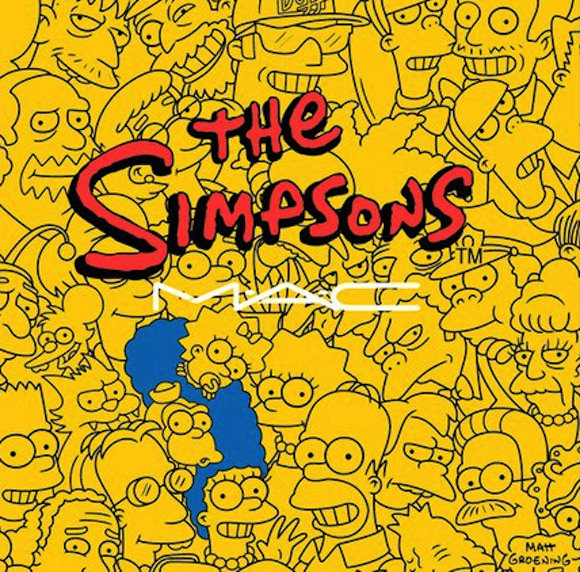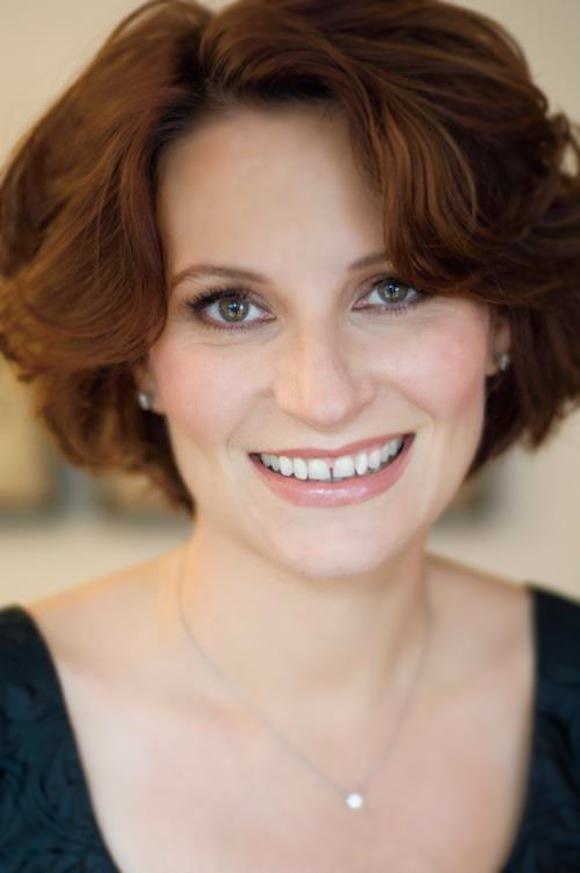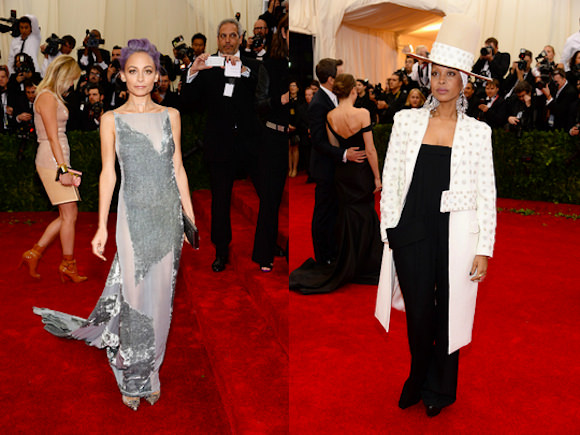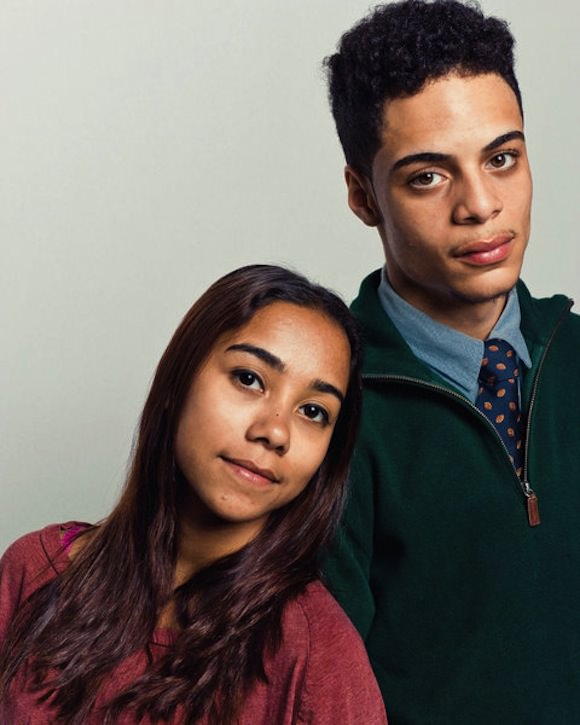Jenny
For four years, Nigerians have tried to understand these homicidal monsters. Your new interest (thanks) simplifies nothing, solves nothing.
— Teju Cole (@tejucole) May 8, 2014
Teju Cole’s tweets about #bringbackourgirls in Nigeria have been really helpful for me as I try to understand the difficult, heartbreaking discourse about their kidnapping.
I also appreciated this amazing, nuanced, thoughtful essay by Zeynep Tufekci, in which she lays out why the campaign to bring attention to something as obviously horrific and evil as abducting 300 Nigerian girls is more complicated than simply the right thing to do:
Militant armed groups who are not just irrational, insane actors that live in a vacuum, committed simply and only to choose the most evil path possible. I know that it sometimes looks that way to us—we who live in air-conditioned houses and drive to work, sip our coffee, on roads where lanes separate well-behaving cars and people signal while changing lanes and stop at traffic lights. A bunch of men taking up arms and kidnapping girls must seem like just utter, irrational violence of subhuman creatures […] Of course Boko Haram is evil. Does it even need saying? If only acts such as theirs were merely the results of pure evil coming to life.
The problem is that this evil, like all collective evil, has a politics, and its politics has a context. If only evil were just pure evil, to be combated by superman, or a squad of robocops or mere force…
Militant groups must, above all, recruit, and they do this through a combination of coercion, of course, but also—and above all— a sense of violent legitimacy, a shared sense of explosive grievance, and a sense of victimization, however contrived it may seem to an outsider.
There is always a politics.
And then there’s this very persuasive essay on why we shouldn’t be sharing the full names of the girls who were kidnapped, as it could further target them and their families (who did not necessarily consent to having their daughters’ names publicly revealed).
I can imagine how all of this seems instinctively wrong: 300 girls are brutally abducted in the middle of the night from their school dormitory in Nigeria by a murderous, violent, extremist terrorist group and the most useful thing we can do, as outsiders, is… nothing? How can that possibly be right? But educating ourselves is not nothing, and neither is insisting on understanding the history, and building up and promoting the work of Nigerian activists and thinkers.
On Tuesday, I watched as bell hooks participated in a discussion on the subject of “liberating the black female body” with the activist and writer Janet Mock, the filmmaker Shola Lynch, and the author Marci Blackman.
Sitting there, in an audience predominantly made up of fellow women of color and watching, as bell hooks put it, “four fabulous women for whom the journey to freedom has been so much about the journey of imagination, the capacity to imagine yourself counter-hegemonically,” I felt finally like: OK, I belong. It was one long, slow, and quiet crying session for me, starting when bell hooks opened the discussion by saying, “All my life, I have wanted to be free.” The speakers also had one of the most nuanced, beautiful, and challenging discussions about work, Beyoncé, and the costs of being free that I’ve ever seen.
The four women talked about how glamor, leaving the house, naming themselves, and telling their own stories are all sources of power. In the end, during the Q&A segment, the question was posed once again: “How do we live in a world that is not ready for us?” and in the end the question remains. I left wishing every single human being in this world could have been there, but for those of you who weren’t, you can watch it above.
Anna F.

Image via WWD.
Two of my favorite things on the planet are The Simpsons and smearing makeup all over my face, so I’m salivating at the idea of this forthcoming Simpsons–inspired MAC Cosmetics collection. I’ve long since argued that Marge is underrated as a style icon—her blue beehive is more than proof of this fact—and I’m glad to see she’s getting the recognition she deserves here.
Brittany S.

Meg Cabot, the queen behind the princess. Photo via her Facebook.
People of Genovia! Mia Thermopolis is returning in a forthcoming addition to Meg Cabot’s Princess Diaries series. The novel is called The Royal Wedding and is intended for adult readers, unlike its YA predecessors. As a teenager, I spent a whole summer devouring all 10 of the original books at once and loving every minute of Mia’s transition into adulthood, so it’s super exciting to know that we’ll get to see her all grown up! Hopefully this means we’ll get another movie—and even more reasons to wish we were twirling around in a ball gown as “Miracles Happen” plays in the background.
Britney F.
Courtney Love has released a video for “You Know My Name,” her first solo release in a decade. In it, she’s “supposed to look like an old Victorian doll crossed with a Dickensian character called Miss Havisham, who got abandoned on her wedding day.”
Laia

Nicole Richie (left) and Erykah Badu at the Met Ball. Photos by Getty Images via Style.com.
At this year’s Met Ball, there were plenty of rad outfits on display. Nicole Richie’s Donna Karan dress was one of my absolute favorites. The fact that she matched it to her super rad lilac hair, well, that’s just like icing on the cake (and it LOOKS like icing, too).
Erykah Badu also KILLED it in her Givenchy suit, but especially with her hat. Everyone’s like “Ooh, ooh, Pharrell’s hat this, Pharrell’s hat that,” and then Erykah is all “PLEASE!” and she wears an even bigger hat and she makes you want to start wearing big hats too because she makes them look classy as HECK!
The REAL best thing about the Met Ball this year, though, was this picture posted on Instagram by Marina Rust. Celebrities really ARE just like us—how do you even pee wearing a gown?!
Shriya

Illustration by Molly Crabapple for VICE.
This week, I really enjoyed reading this article Molly Crabapple wrote for VICE called “Photo Real: On Photoshop, Feminism, and Truth.” Crabapple writes about how though a lot of people criticize the usage of Photoshop in magazines for creating unrealistic beauty standards, the actual issue lies within the very photos themselves: “Framing is a lie. Lighting is a lie. Cropping is a lie,” she says. As you can imagine, there is no one answer or solution to the problem, but the article does manage to get to the core of what is wrong: Magazine photos, whether they’re digitally altered or not, aren’t representative of women’s bodies in reality.
Anaheed
On her show this week, Amy Schumer interviewed a 106-year-old woman named Downing, who shared her feelings on women in pants, the Great Depression, and hair straightening. It’s an absolute delight to watch these two cuties make each other laugh—I wish this were a regular weekly segment, taking place on my own couch, where I am #3 in their best-friend trifecta.
Rose

Illustration by Tony Millionaire for The New Yorker.
This interview that the editor Jessica Loudis did with the writer Sheila Heti really brings it in terms of strong TOGETHER vibes. The two talk about the importance of creating a supportive intellectual community outside of academia, and Heti coins a great term, “art-love,” which I think is an incredibly apt way to describe the way a certain kind of friendship can enrich, enliven, and strengthen your own creative pursuit:
Who are the people who I art-love? That means admire and want to share my brain with and make part of my brain…There are a dozen? Maybe dozens? It’s like having boyfriends, except instead of things lasting six months or a year and then you break up, it lasts indefinitely and it’s not exclusive and it’s less concentrated. I’m in a serious monogamous relationship, and I don’t want to keep having different boyfriends, and I have this instead— with men and women. It’s better. Instead of having sex, we have art.
Pixie

Photo by Dayna Evans for Gawker.
As Dayna Evans at Gawker notes, a new wave of teen idols have become famous for their Vine clips rather than rising to stardom by singing or dancing, like the Justins of yore. Instead, these kids share six-second videos of their lives to adoring fans around the world, many of whom recently came to see them at an event called Magcon (or “Meet and Greet Convention”), which took place over a sold-out, weekend-long, three-state tour, from which Evans reports this story. It’s a fascinating look at how teen-idol stardom is evolving, and what it takes to build a dedicated following both on- and offline.
Jessica
These two minutes of David Lynch talking about how his ideas form in his mind is like a master class in creativity (and an infinitely quotable one, to boot). I rewatched it twice, back to back, and still feel like it might be another week before I unpack it all.

The Sassiest Man in America. Photo by Linda Davidson for The Washington Post.
In this new interview with Ian Svenonious, the enigmatic frontman of bands like Nation of Ulysses, The Make-Up, and, recently, Chain and The Gang reflects on his long and storied career. This includes a background in Washington, D.C. hardcore, being “The Sassiest Boy In America” according to Sassy magazine itself, and putting out manifesto-laden books about politics, philosophy, and music.
In this feature, he’s right-on and very funny, as serious as he is not. He talks about nostalgia, world affairs, forming bands as a revolt to imperialism, and then drops bons mots like, “The pressure is always there to be on. But rock and roll is different. David Lee Roth. He can’t be doing splits all the time.” There is a lot of wisdom to be gleaned here, but the greatest inspiration is that, for 20-plus years, he’s managed to cram a lot of radical energy and ideas into his songs and albums, covering topics that many bands never dare to touch.
Arabelle

Pen pals Madison DeJesus (left) and Anthony Peña. Photo by Ryan Pfluger for the New York Times.
This New York Times feature about class and education really moved me. A group of teenagers from two high schools based in different class situations exchanged letters for years, then finally met, and the resulting encounters were heartbreaking—the division in their respective qualities of life was so clearly a result of privilege and opportunity. Students, and the teachers who bust their butts in underfunded schools who try their hardest to give them good educations, deserve so much more. This article drives it home.
Amy Rose

Photograph of John Jeremiah Sullivan via The Paris Review.
One of my favorite modern writers, John Jeremiah Sullivan, celebrated one of my favorite poets, Frederick Seidel, in honor of Seidel’s having won The Paris Review‘s annual Hadada Award, which honors a noteworthy literary figure. Seidel is totally deserving of this prize, you guys—I basically live my life by his poem “The Young Reporter,” which you should check out posthaste. At the ceremony, another three of his gorgeous works were read by Zadie Smith, Martin Amis, and Uma Thurman, and you can (and should) read those, plus Sullivan’s lovely speech honoring Seidel, at the bolded link above.
Emma D.
Back in February, I gushed over a video announcing the new Metronomy album “Love Letters.” While I hate to be a person who always talks about the same one band, Metronomy has a new video for the song “Reservoir,” and I love it even more than the last one I linked to. It’s the cutest set of moving images I’ve seen this year—it reminds me of what might happen if Minna directed the movie Yellow Submarine. ♦

